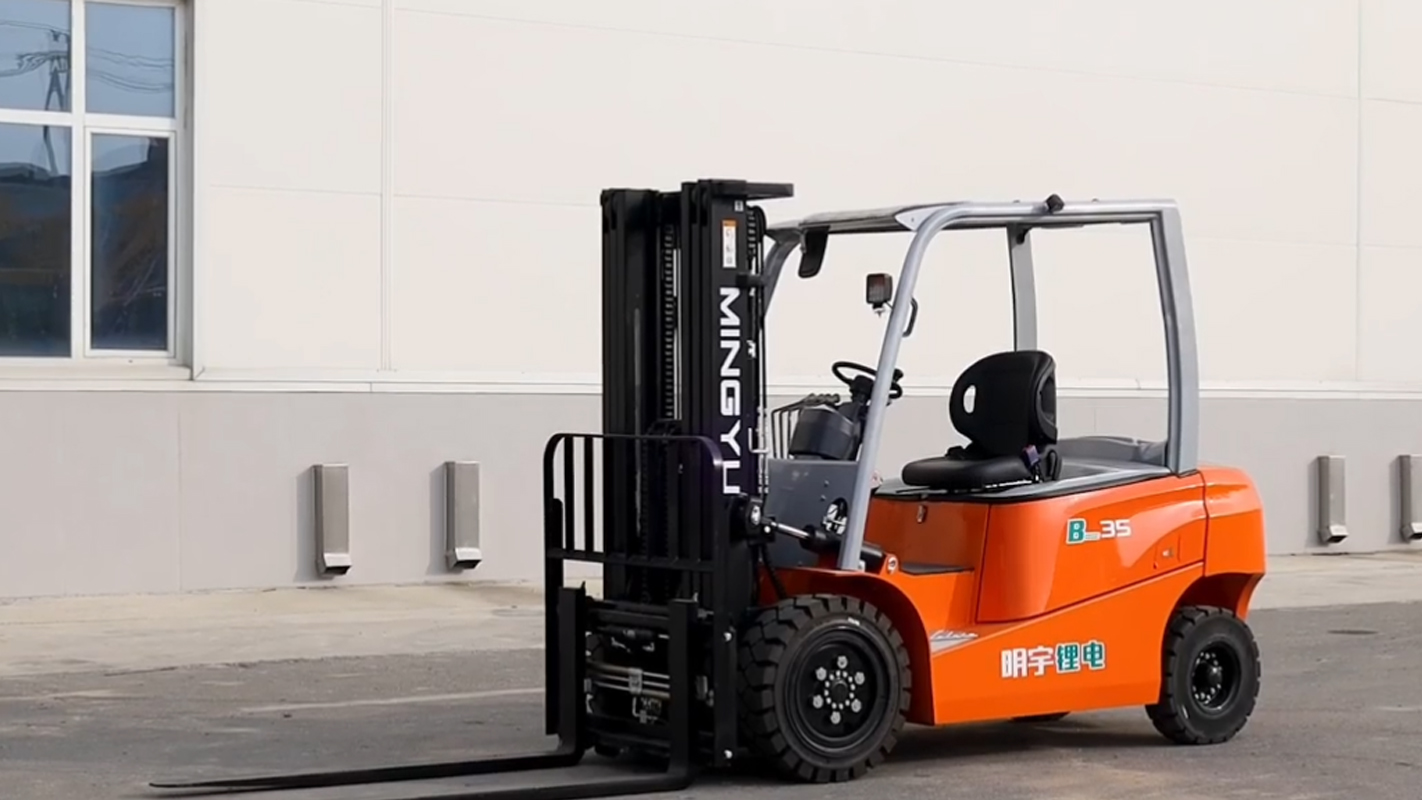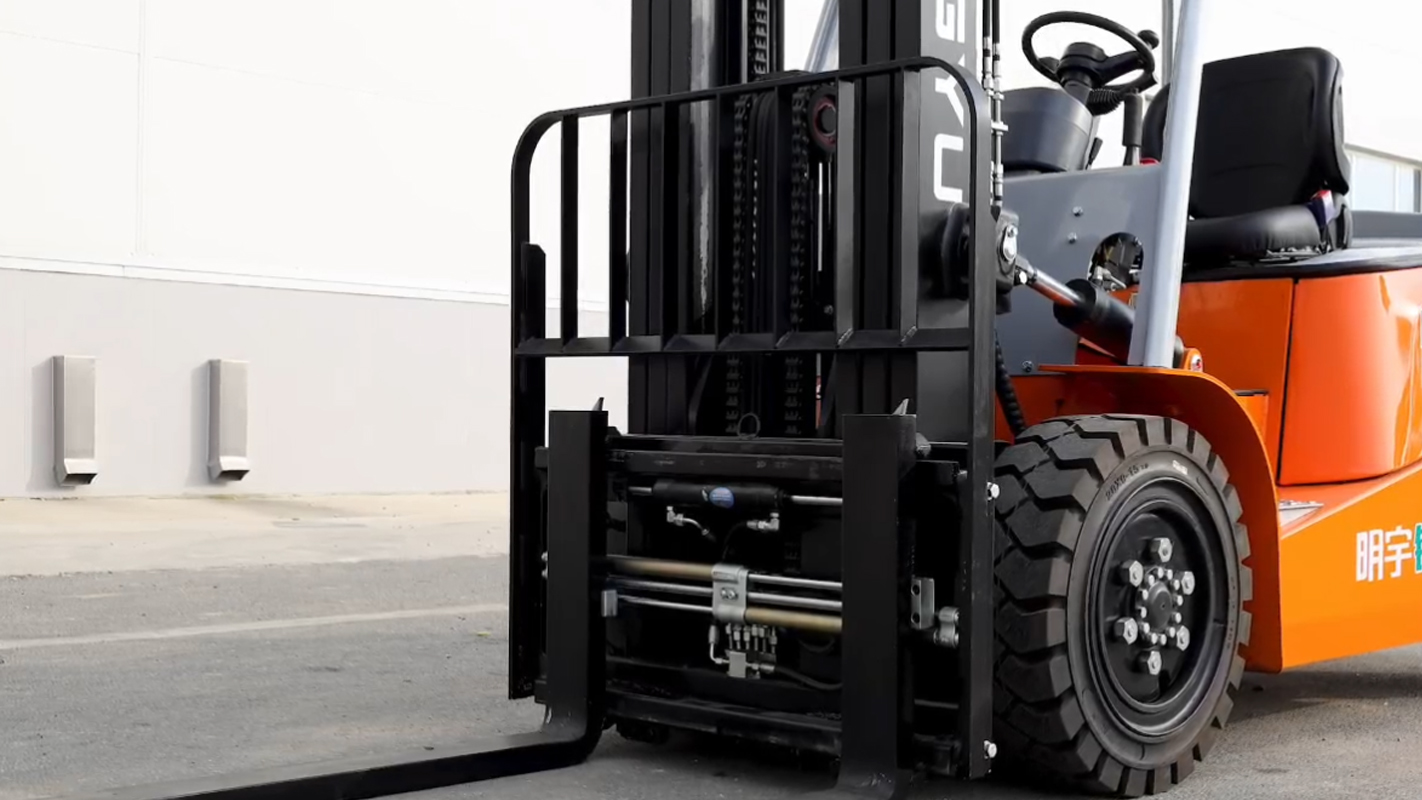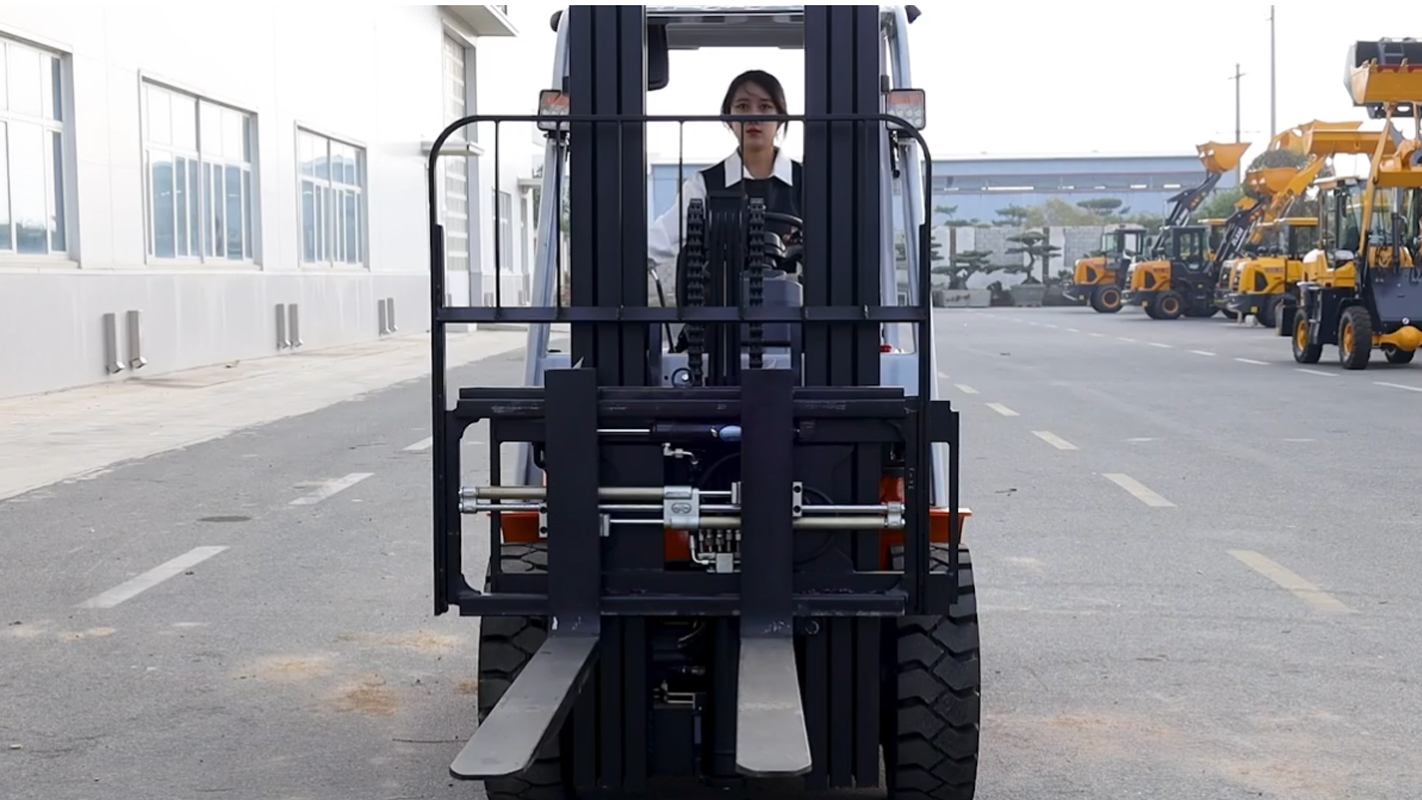I. Introduction
A. Briefly introduce electric forklifts and their growing popularity: "Electric forklifts have surged in popularity in recent years, driven by increasing environmental awareness and the pursuit of operational efficiency. Their clean operation and quiet performance have made them a staple in many warehouses and distribution centers."
B. Acknowledge their advantages (environmental, etc.), but state the focus on disadvantages: "While their environmental benefits and reduced noise are undeniable, it's crucial to acknowledge that electric forklifts also come with certain limitations and drawbacks. This article aims to provide a balanced perspective by exploring these disadvantages."
C. State the article's purpose: to provide a balanced view by exploring the limitations of electric forklifts: "This article will delve into the operational, financial, and performance-related limitations of electric forklifts, providing a comprehensive understanding of their potential drawbacks."
D. Briefly mention the evolution of battery technology: "While battery technology has improved greatly, there are still limitations that need to be considered."
II. Battery Limitations and Operational Challenges
A. Limited Operating Time:
Battery life and work shift duration: "Electric forklift batteries typically offer a limited operating time per charge, often requiring recharging or swapping during a standard work shift. This can lead to operational disruptions and reduced productivity."
Impact of heavy loads and continuous use: "Heavy loads and continuous use significantly reduce battery life, requiring more frequent recharging or swapping."
Downtime for recharging or battery swapping: "The downtime required for recharging or swapping batteries can disrupt workflow and reduce overall efficiency."
B. Recharging and Battery Management:
Recharging time and infrastructure requirements: "Recharging times can be lengthy, and require dedicated charging stations and appropriate electrical infrastructure. This can be costly to set up and maintain."
Battery maintenance (watering, equalization): "Lead-acid batteries require regular maintenance, including watering and equalization, which adds to operational overhead."
Battery swapping logistics and costs: "Battery swapping requires dedicated equipment, storage space, and trained personnel, adding to operational costs and logistical complexity."
C. Cold Weather Performance:
Impact of low temperatures on battery capacity: "Low temperatures significantly reduce battery capacity, leading to shorter operating times and reduced performance."
Reduced operating time in cold environments: "In cold environments, electric forklifts may require more frequent recharging or battery swapping, impacting productivity."
D. Battery lifespan, and replacement costs: "Batteries have a limited lifespan, and are very expensive to replace. This can drastically change the long term cost of ownership."
III. Performance and Power Constraints
A. Torque and Lifting Power:
Comparison to diesel and LPG forklifts: "While electric forklifts offer adequate power for many applications, they may lack the torque and lifting power of diesel or LPG forklifts, especially in heavy-duty applications."
Limitations in heavy-duty applications: "In industries requiring continuous heavy lifting, such as construction or ports, electric forklifts may not be as suitable as internal combustion alternatives."
B. Speed and Acceleration:
Performance in long-distance travel: "Electric forklifts may have limitations in speed and acceleration, especially when carrying heavy loads, which can impact efficiency in long-distance travel."
Acceleration limitations under load: "Acceleration can be noticeably slower when carrying heavy loads, affecting cycle times."
C. Terrain Limitations:
Suitability for rough or uneven terrain: "Electric forklifts are generally better suited for smooth, level surfaces. Rough or uneven terrain can strain the battery and reduce performance."
Performance on inclines: "Performance on inclines can be limited, especially with heavy loads, which can impact productivity in certain applications."
D. Hydraulic system power limitations, compared to combustion engine forklifts: "The hydraulic systems on electric forklifts are powered by the battery, and this can limit the speed, and power of the hydraulic system, when compared to an engine driven system."
IV. Initial Investment and Infrastructure Costs
A. Higher Purchase Price:
Comparison to internal combustion forklifts: "Electric forklifts typically have a higher initial purchase price compared to internal combustion forklifts, primarily due to the cost of the battery and charging equipment."
Cost of batteries and charging equipment: "The battery and charging equipment represent a significant portion of the overall cost."
B. Infrastructure Requirements:
Charging stations and electrical upgrades: "Installing charging stations and upgrading electrical infrastructure can be costly, especially for large fleets."
Ventilation requirements for battery charging areas: "Battery charging areas require proper ventilation to dissipate gases produced during charging, adding to infrastructure costs."
Battery storage and handling equipment: "Battery swapping requires dedicated storage and handling equipment, further increasing costs."
C. Long term ROI, and battery replacement costs: "While operational cost can be lower, the high initial investment, and expensive battery replacements, can make the long term ROI hard to predict."
V. Maintenance and Repair Considerations
A. Battery Maintenance:
Watering, equalization, and cleaning: "Lead-acid batteries require regular maintenance, including watering, equalization, and cleaning, which adds to operational overhead."
Specialized maintenance requirements: "Electric forklift batteries require specialized maintenance, and training."
B. Electronic Component Repairs:
Complexity of electronic systems: "Electric forklifts have complex electronic systems that require specialized technicians for repairs."
Availability of specialized technicians: "Finding qualified technicians for electric forklift repairs can be challenging, especially in remote areas."
C. Downtime for repairs and maintenance: "Downtime for repairs and maintenance can be significant, especially if specialized technicians or parts are not readily available."
D. Proper disposal of old batteries: "Proper disposal of old batteries is essential to prevent environmental contamination, and disposal can be costly."
VI. Application Limitations
A. Outdoor Applications:
Weather resistance and operating conditions: "Electric forklifts may have limitations in extreme weather conditions, such as heavy rain, snow, or extreme temperatures."
Dust and debris issues: "Dust and debris can damage electronic components and reduce performance."
B. Heavy-Duty Industries:
Limitations in applications requiring continuous heavy lifting: "In heavy-duty industries requiring continuous heavy lifting, electric forklifts may not be as suitable as internal combustion alternatives."
Limitations in very long shift operations: "Due to battery limitations, very long shift operations can be difficult."
VII. Future Trends and Mitigation Strategies
A. Briefly discuss advancements in battery technology (lithium-ion, etc.): "Advancements in battery technology, such as lithium-ion batteries, are addressing some of the limitations of electric forklifts by offering faster charging times, longer operating times, and reduced maintenance requirements."
B. Mention potential solutions to mitigate current limitations: "Improved charging infrastructure, battery management systems, and energy efficiency technologies are also helping to mitigate current limitations."
VIII. Conclusion
A. Summarize the key disadvantages of electric forklifts: "While electric forklifts offer environmental and operational benefits, their limitations in battery life, performance, and initial costs need to be weighed against their advantages."
B. Provide a balanced perspective on their suitability for specific applications: "Electric forklifts are well-suited for indoor applications with moderate lifting requirements, but may not be ideal for heavy-duty outdoor applications or long-duration operations."
C. Final thoughts on the place of electric forklifts in material handling: "As technology continues to evolve, electric forklifts will play an increasingly important role in material handling, but careful consideration of their limitations is essential for optimal performance and cost-effectiveness."
Post time:Apr.01.2025



